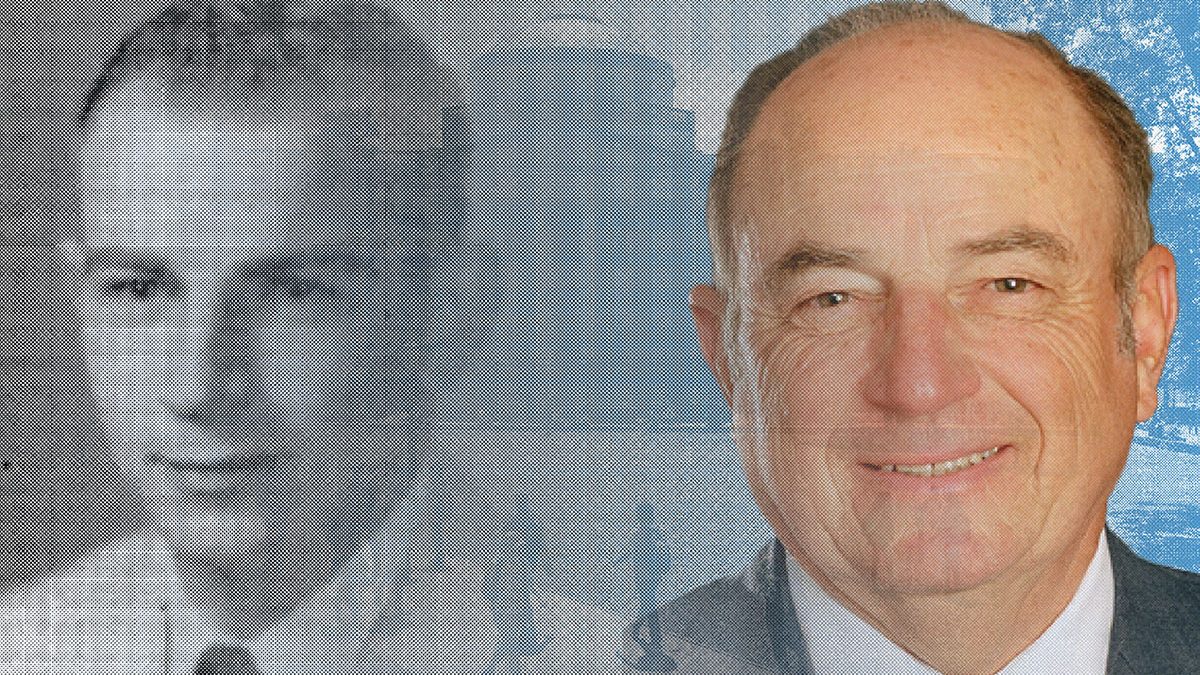Crouching Researcher, Hidden Sparrow
Published on October 6, 2022Remote fieldwork in the Colorado mountains provides amazing research experiences

Remote fieldwork in the Colorado mountains provides amazing research experiences
In the San Juan Mountains near Silverton, Colorado, four UNC-Chapel Hill students wake at 5 a.m. to melodic phone alarms and amble out of their dew-soaked tents. They sleepily shimmy into rainproof jackets, pants and knee-high rubber boots. They heat water for tea and munch on Pop-tarts and energy bars while they wait. With steamy mugs in hand, they clamber into their white van to head to the field site a half-mile down the road.
Armed with notebooks, binoculars and a directional microphone, they hop on the Colorado Trail near Molas Pass and make a 10-minute trudge through shin-high grasses slick with frost before plopping down in a meadow. Then, they listen for birdsong.
This is the first of many activities the students will engage in throughout the day. They’re here as part of biologist Keith Sockman’s lab, collecting data on elusive Lincoln’s sparrows.
Sockman travels to the Colorado fieldsite every year with a group of students. They camp in semi-remote conditions for up to two months. There, they capture, band, and measure birds; collect digital audio recordings of song for subsequent computer-assisted analysis in the laboratory; monitor egg laying, incubation and nestling development; collect a variety of meteorological data, such as temperature, rainfall and snow pack; and quantify forage abundance.
This year, two of Sockman’s PhD students collaborated with him and ran their own projects in the process. Emma Reinhardt recorded male birdsong and remixed it randomly to study its evolution and determine if the order of notes in a song matters. Nico Frasson collected tissue samples to identify where the birds migrate in the winter to learn how migration affects health, survival and breeding success.
Emma Reinhardt received a Summer Research Fellowship from The Graduate School to support her research and travel costs to the field site.
Read more about the Sockman lab’s work to study songbirds in the wild…Opens in new window





